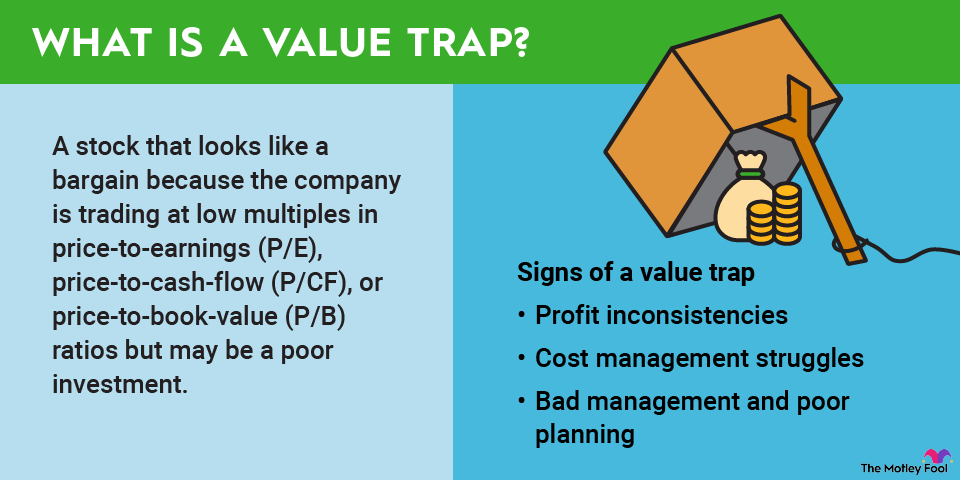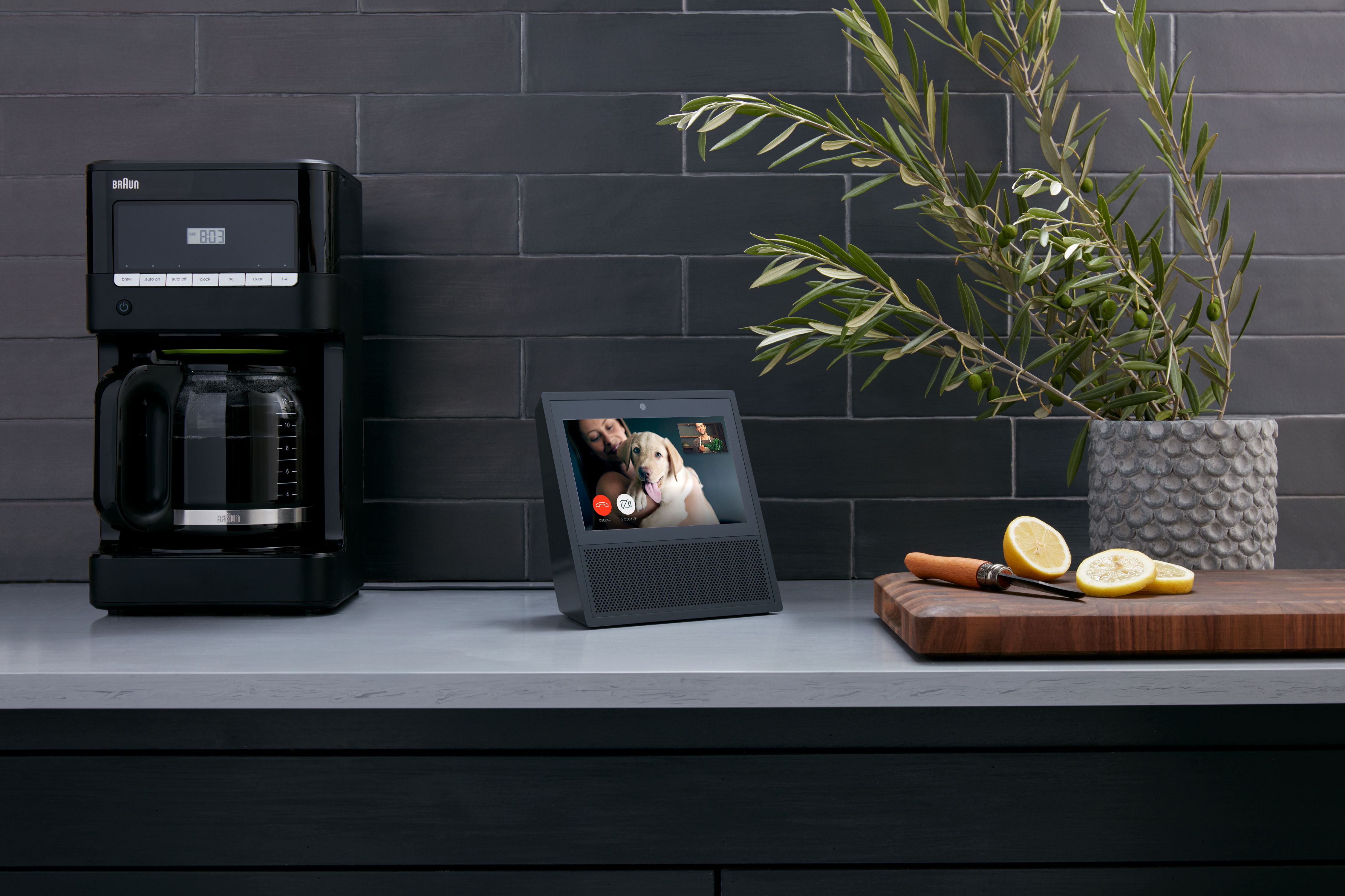Forward integration is just as simple. It’s all about the parts of the supply chain beyond the product manufacture. This is typically either some form of logistics (like those popcorn delivery trucks) or retail venues where the product is available directly to the customer. This could also apply to a raw materials producer, like if the corn farmer decided to purchase a popcorn factory.
Balanced integration happens when the manufacturer is involved in both backward and forward integration. Sometimes balanced integration is the result of multiple mergers since this level of vertical integration can be extremely expensive and difficult to manage for a single company.
Benefits of vertical integration
One reason a company wants to become vertically integrated is to get a better handle on its supply chain. It may purchase companies that create bottlenecks in its manufacturing or distribution processes. With more control over the problem child in the supply chain, the company can often learn how the bottlenecks occur and better anticipate them.
The other main benefit of vertical integration is cost savings. Taking the overhead of another company and bringing it in-house can combine costs in an efficient way. Smaller costs obviously mean bigger profits. So if buying a distribution network means saving a lot of money on shipping popcorn, it only makes sense to do so when the cash is available.
Related investing topics
















